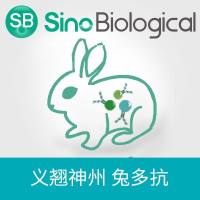Identification and Assays of Polyamine Transport Systems in Escherichia coli and Saccharomyces cerevisiae
互联网
互联网
相关产品推荐

Recombinant-Candida-albicans-Iron-transport-multicopper-oxidase-FET3FET3Iron transport multicopper oxidase FET3 EC= 1.-.-.-
¥14154

WIP (Lysis Buffer for WB/IP Assays, Nondenaturing)(C-0013)-30ml/60ml/100ml
¥70

marA/marA蛋白//蛋白/Recombinant Shigella sonnei Transcriptional activator of defense systems (marA)重组蛋白
¥69

Smox/Smox蛋白Recombinant Mouse Spermine oxidase (Smox)重组蛋白Polyamine oxidase 1 Short name: PAO-1 Short name: PAOh1蛋白
¥1836

Shiga toxin II subunit B 兔多抗 | Enterohemorrhagic E. coli (EHEC) stx2B Antibody, Rabbit PAb, Antigen Affinity Purified
¥800
相关问答

